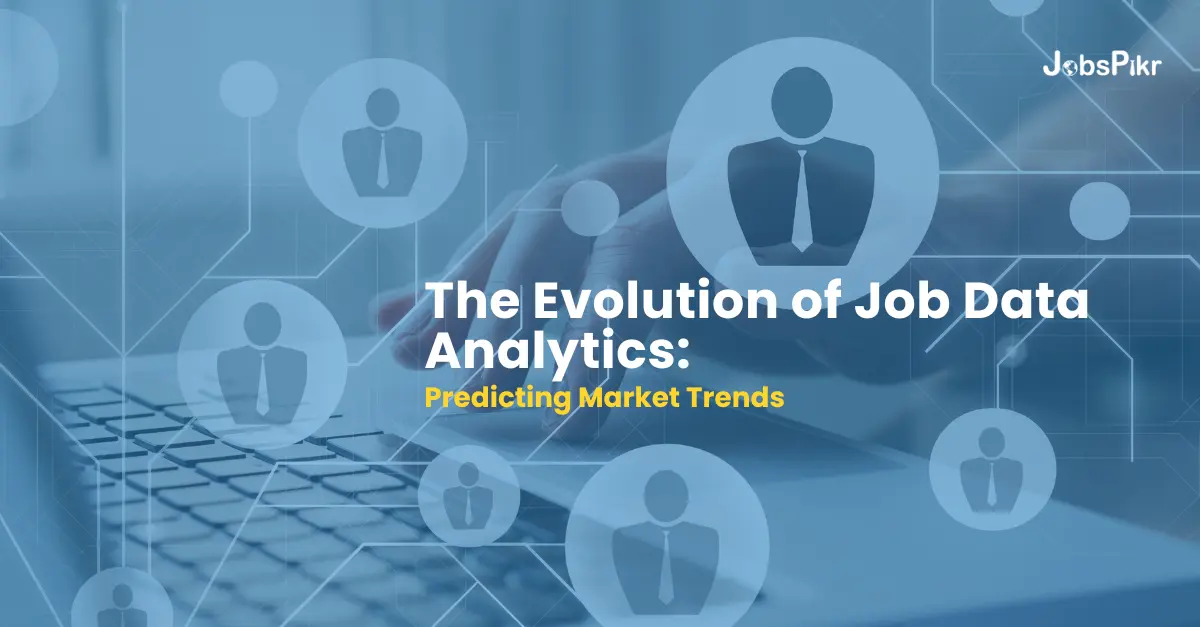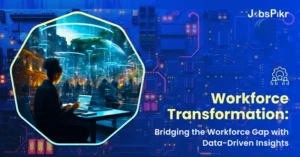While job data was initially used to generate job postings, find better candidates, and improve hiring workflows, the emergence of more efficient ML algorithms such as neural networks and natural language processing has opened new doors. There are multiple technological innovations such as big data processing, machines with more CPU and GPU capabilities, and ML models promising higher accuracy that have also played a hand in this shift. Access to a higher volume of job data along with the compute power to process it cheaply has been the driving factor behind this growth.
Some of the major areas that have been part of the growth of Job Data Analytics are as follows-
Data Collection and Aggregation:
Cloud computing resources such as AWS Kinesis Streams and Kafka can handle thousands of records per second and can live stream the data to multiple sources at the same time. Such tools have come in handy when sourcing data from hundreds of (ever-growing) sources.
These tools also help in processing and cleaning the data or using the Job Data to make decisions in real time. These innovations have helped bring big data analytics to job data. Innovations in data aggregation have also helped build job data models using years of historical data along with the latest entries.
Advanced Job Data Analytics:
Advanced ML algorithms have helped us in consuming GBs and TBs of data while spotting trends and figuring out which macro and microeconomic events triggered them. These models in turn help predict the the effect of new and unknown scenarios on the job market. An easy example of this is how multiple data-backed companies used historical data to figure out how COVID-19 will affect the job market.
Along with figuring out what can happen in the future (predictive analytics), prescriptive analytics is also being performed today in the field of job data analytics. This enables companies to prepare for what is coming. For example, in this data revolution, if the demand far outstrips the supply of certain job roles, a prescriptive model may recommend you to upskill existing employees whose roles have an intersection with the role in question. Or an increasing salary range in the market for a particular role may require you to revisit the salaries that you pay to personnel manning similar roles in your company to avoid high attrition rates.
AI-based Job Data Analysis:
Advanced AI-based solutions include NLP, Recommendation engines, and more. NLP or Natural Language Processing has helped computers consume data from even descriptive details of Jobs. As a result of this, today AI-powered solutions can read job descriptions and tell you the location of the job, the salary, the skills required, and which are the must-have keywords in the job description that need to be in the resume of someone applying to it.
On top of this, the latest recommender engines can use older job postings to learn from and then match new jobs to applicants. This can make sorting of candidates or ranking them much easier. These algorithms do have a small degree of error but with reinforced learning, as you keep fixing those errors and make the model ‘re-learn’, it is bound to perform better with time. Just like humans, these algorithms when put to regular use, learn from their mistakes and provide you with better results.
Skill Mapping and Gap Analysis:
AI-based algorithms have helped researchers figure out multiple aspects of the skill sets required for different jobs. These real-time job data processing systems provide answers to questions like- Which are the latest skill sets appearing in job postings? What are the most in-demand skill sets? Which skill sets or certifications are a must for niche roles?
Answers to questions like these and more, help colleges update their curriculum, companies upskill existing employees or update their existing job role requirements, and also enable training institutes to focus on the correct skill sets when making their candidates job-ready.
Effect of jobs on the economy:
Job Data helps predict job market trends, but it also helps predict the stock market, how the economy of a city is growing, or if a place is slowly being deserted by companies, whether an area is growing to become a manufacturing hub, and so on. Constantly tracking the job market via AI algorithms can enable you to predict events that may not be evident from the raw data. This will in turn give you the first-mover advantage. This can help both companies which want to expand, as well as consultants tasked with finding answers to questions not evident from the raw data.
Dynamic Workforce Planning:
AI algorithms learning from live Job Data Streams can also help companies plan their future talent requirements, assist in generating job positions automatically, and select and rank the most suitable candidates for those. This would optimize staffing requirements ensuring a better synergy between roles and responsibilities.
As the variety of job data from different sources increases, one of the toughest challenges will remain in aggregating them all together, being able to extract critical data points from all sources, and map them accordingly. Any failure or mistakes here can result in dirty data flowing into ML models which in turn will start churning out false results and recommendations.
This is where our DaaS solution, JobsPikr comes into the picture. We not only offer Job Data from more than 70k sources but also offer certain features out of the box. These AI-powered ready-to-use tools include-
- Salary benchmarking
- Coursework Design
- Labour Market Trend Analysis
- Candidate to Job Matching
- AI-powered Talent Acquisition
- Skill Gap Analysis
Given that many of our customers also prefer to get their hands dirty with the raw data and build advanced job analytics dashboards and pipelines on top of it, we offer different integration methods by sending the data to your AWS S3 bucket, Dropbox, Google Drive, or FTP server. The data can also be sent in XML, CSV, JSON, and other formats. For real-time consumption where the time lag is of paramount value, we also offer APIs.
The sun is shining on the land of advanced job data analytics and those who don’t seize the day will fall back with options of making a recovery later on being bleak. Having access to the right data and figuring out what the data is “saying” will decide which companies survive the next decade and which ones die out. Recruitment agencies, job board owners, companies with massive headcounts, and Job Market researchers should be the first to adopt the latest innovations in this sector to stay relevant.



